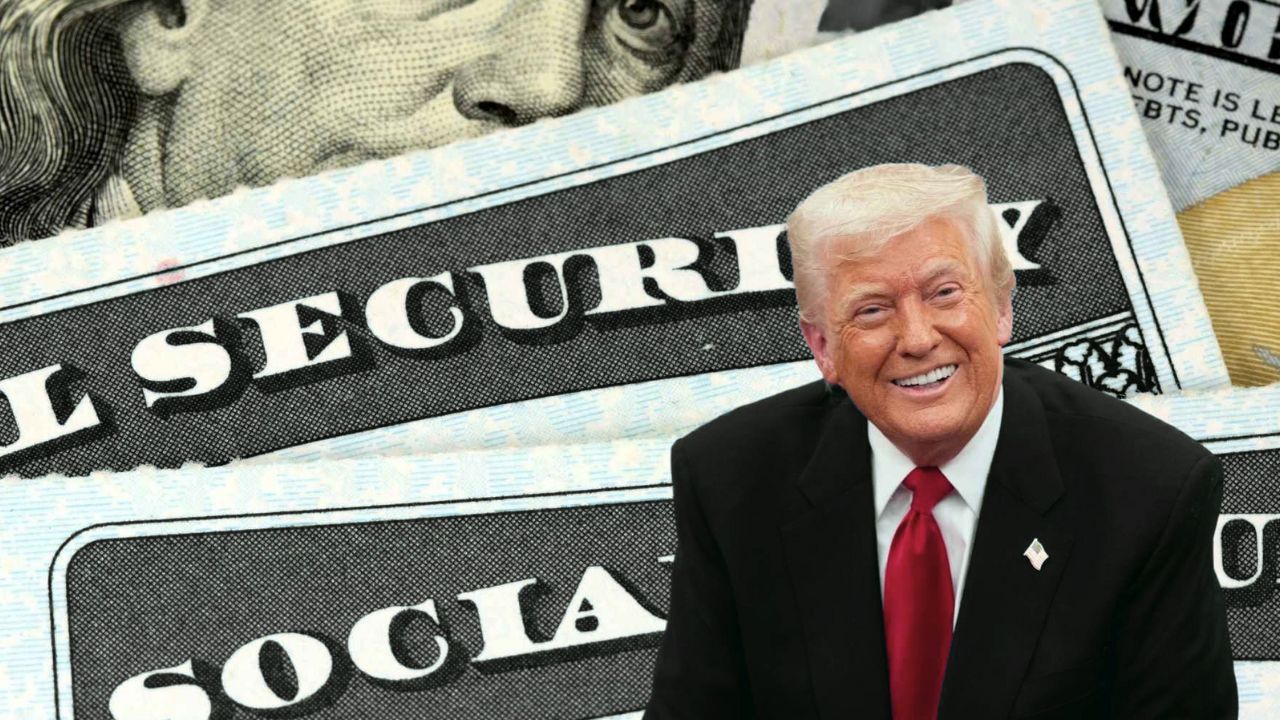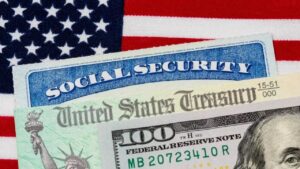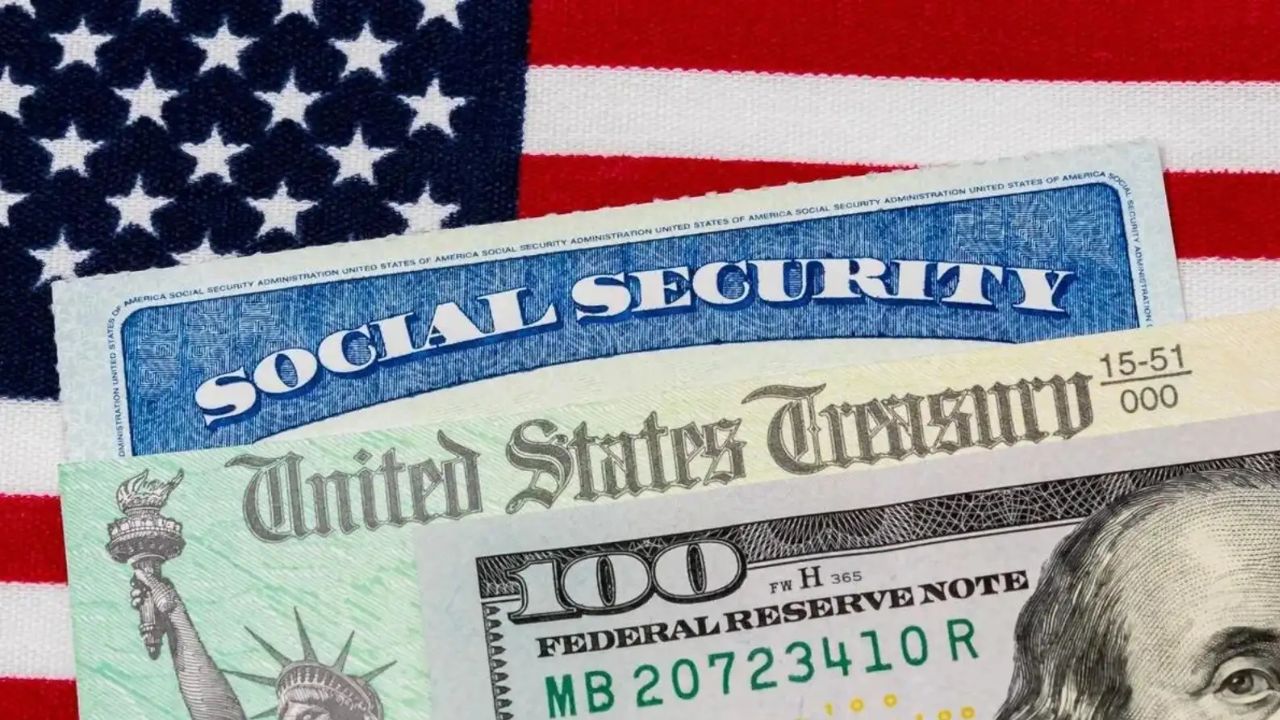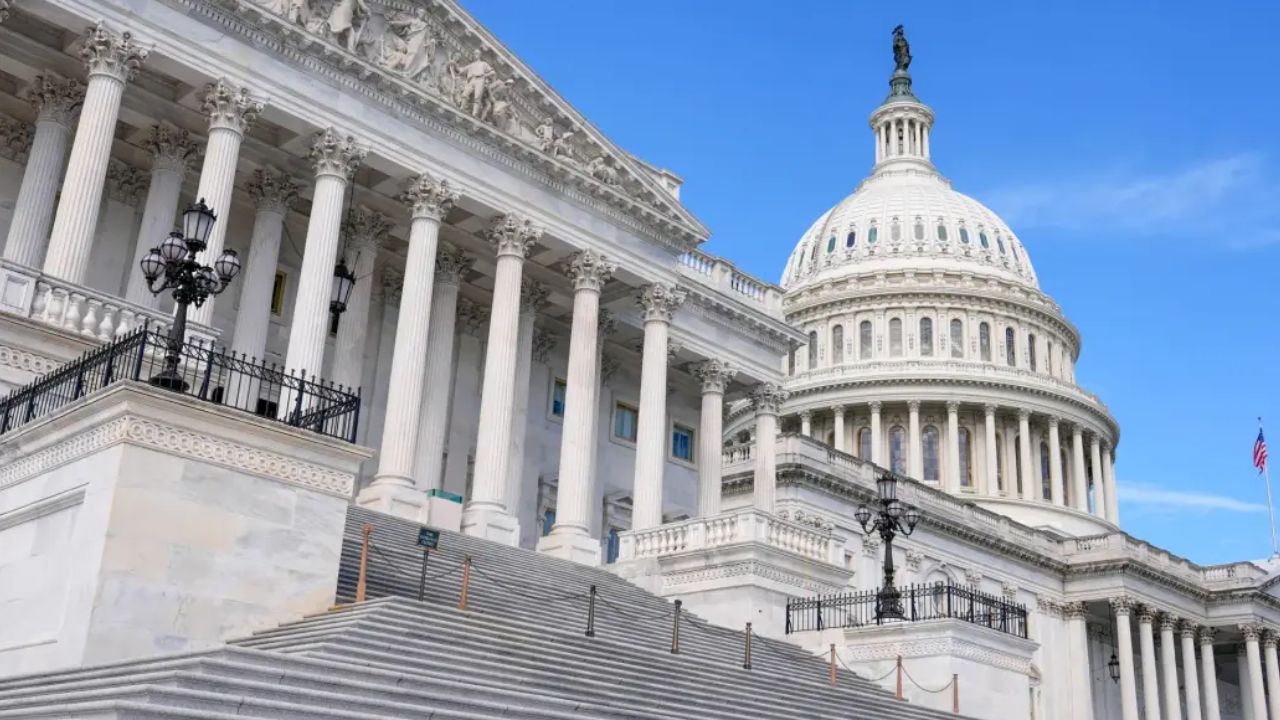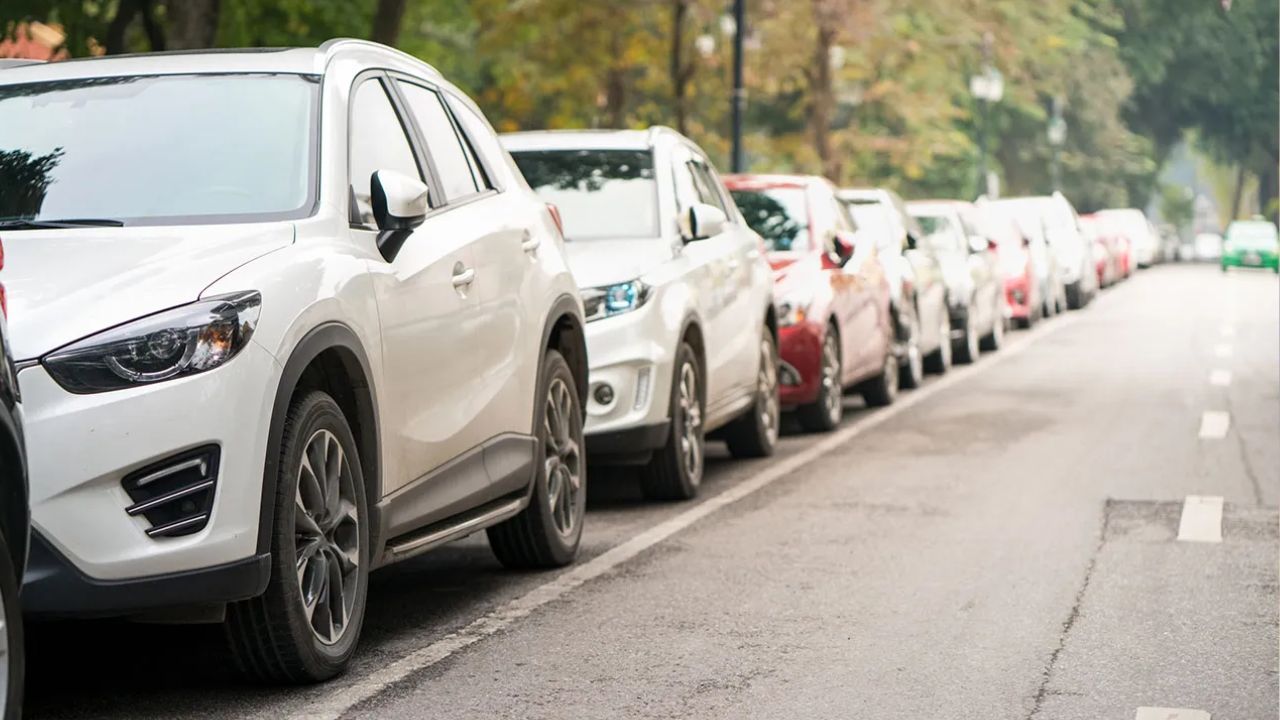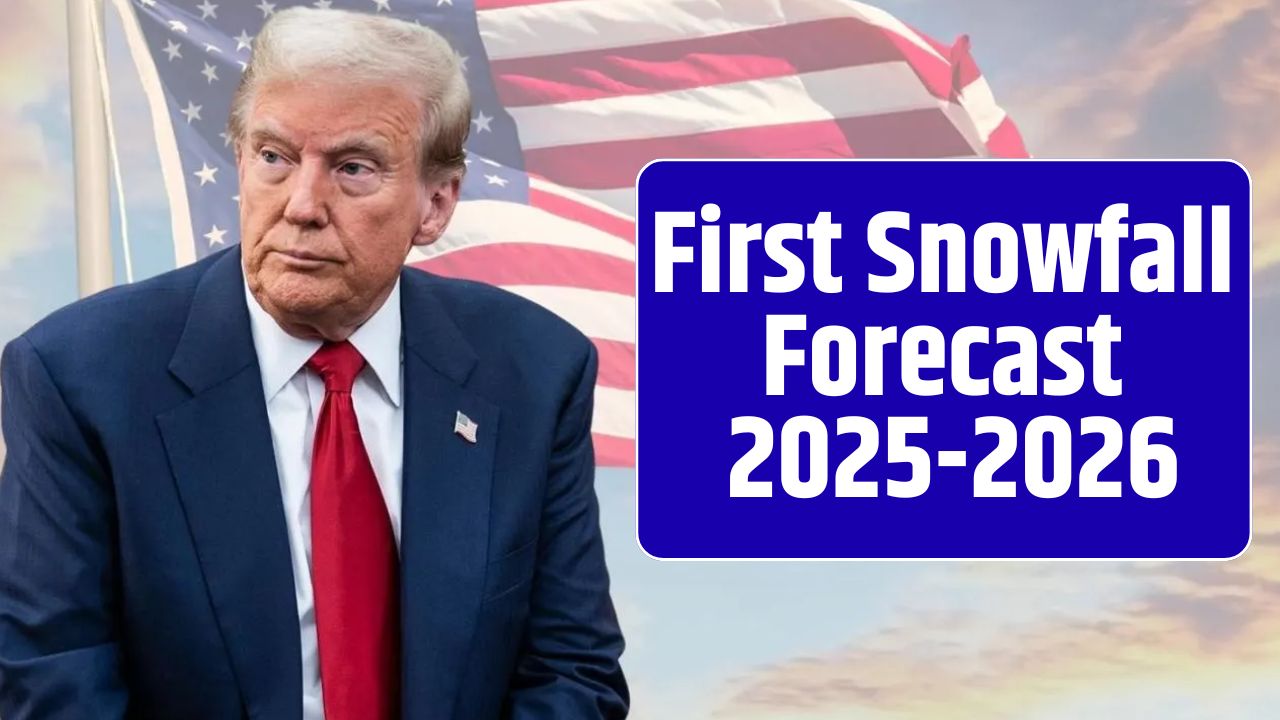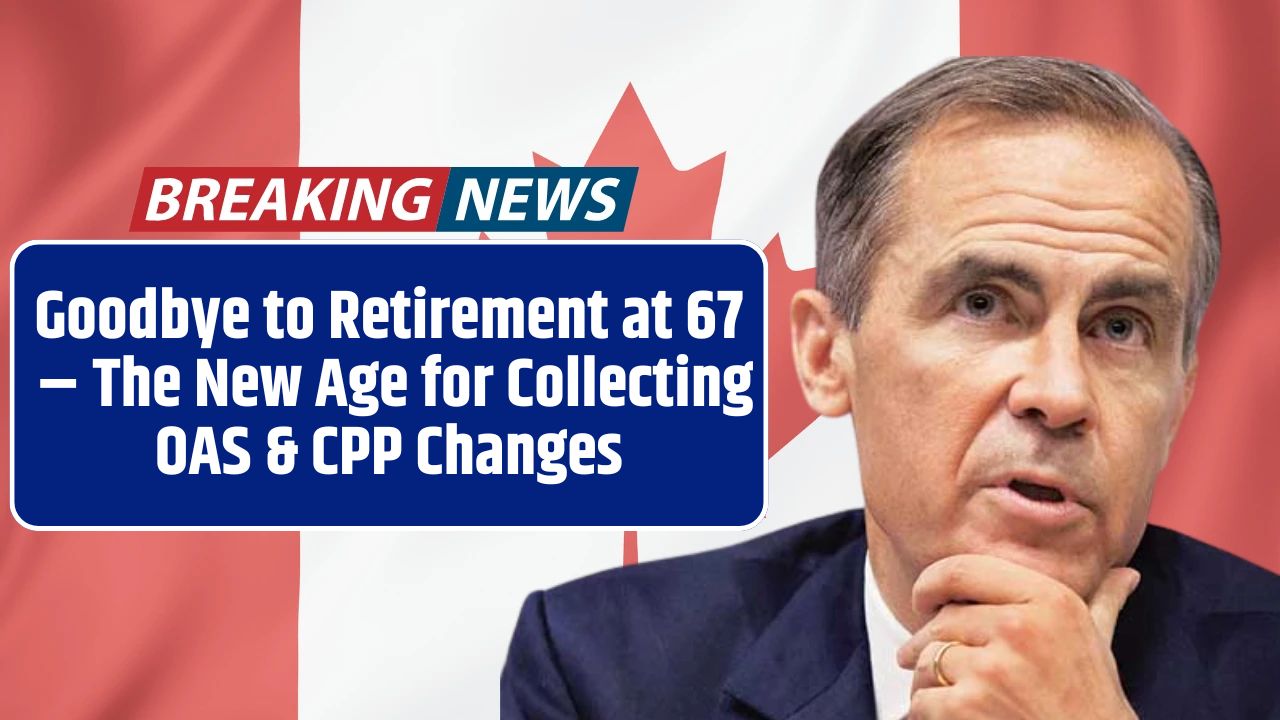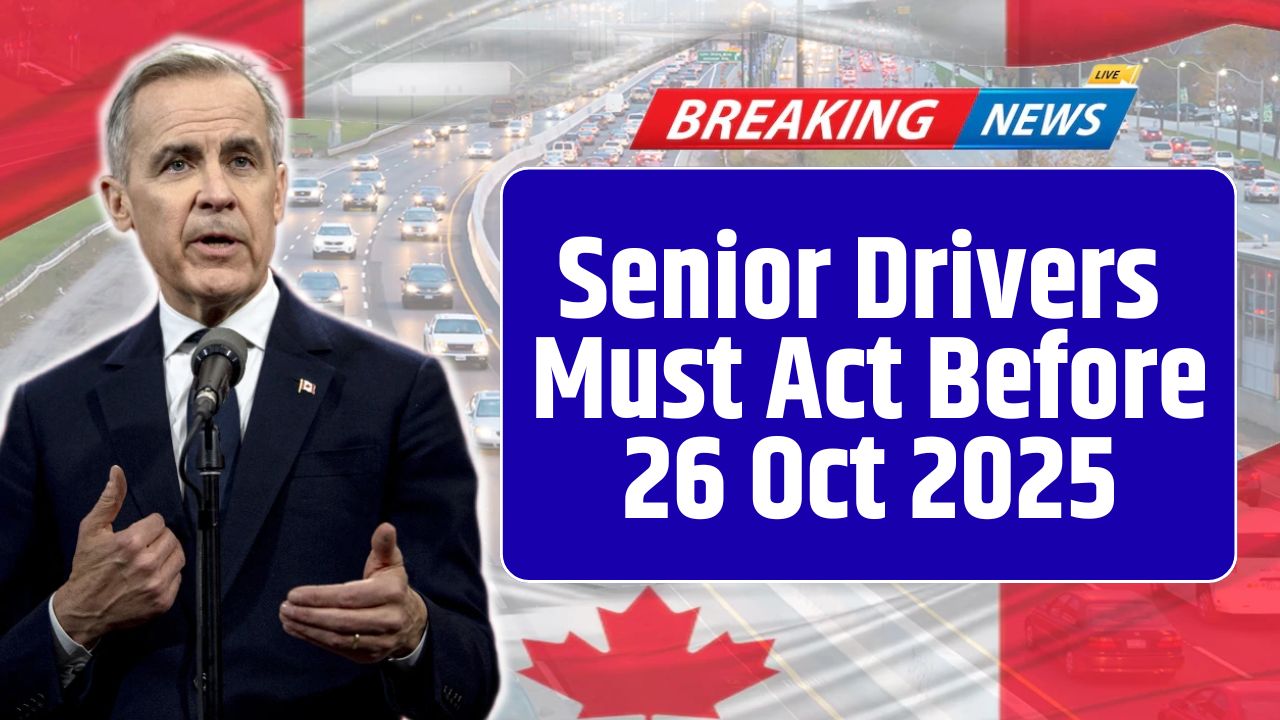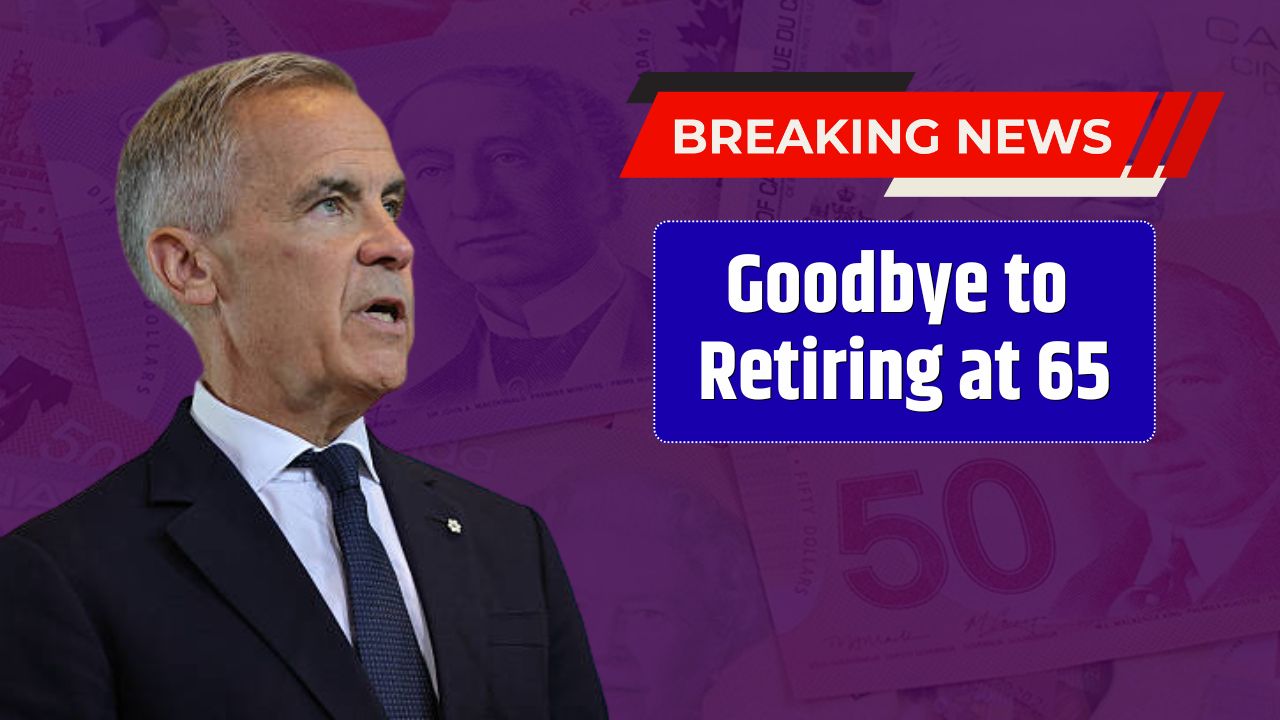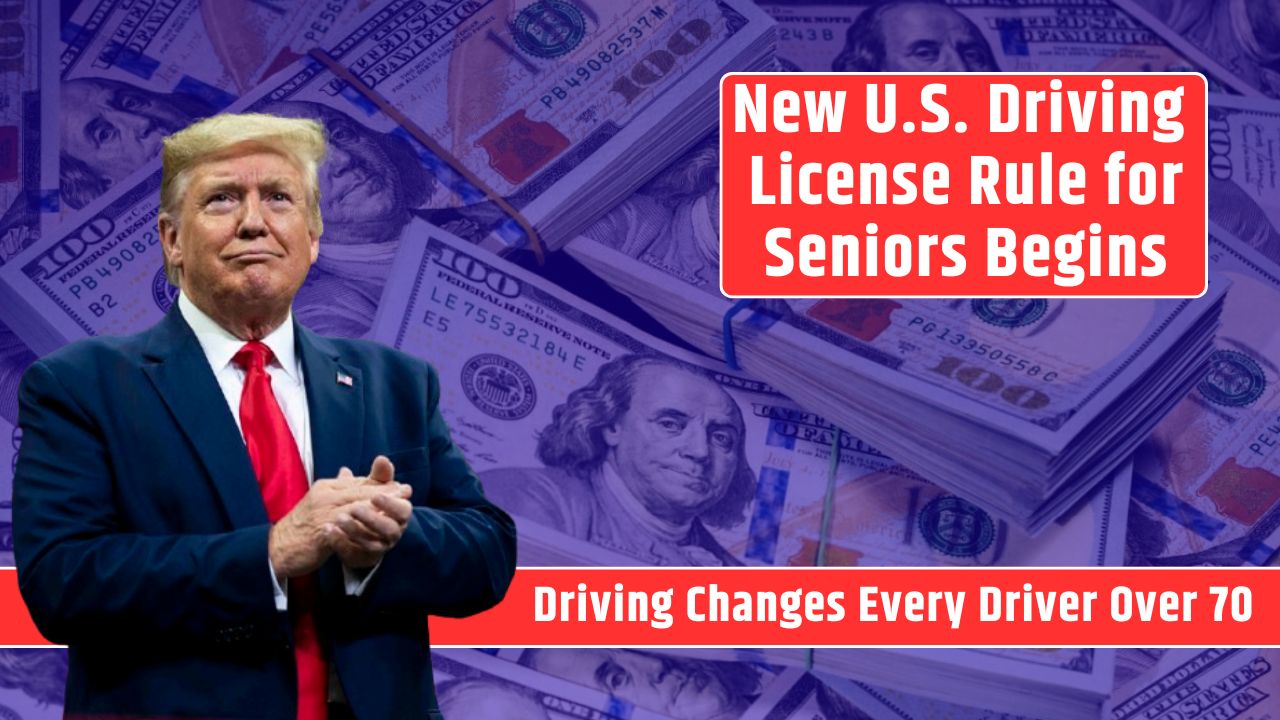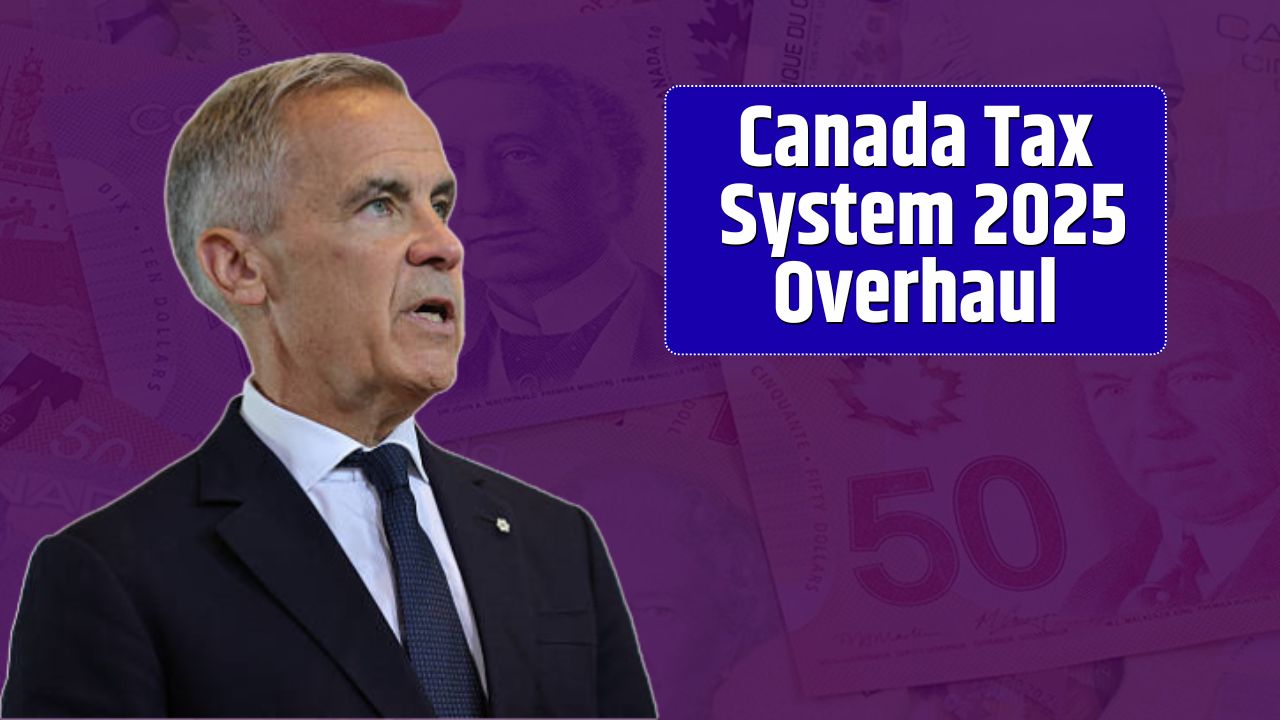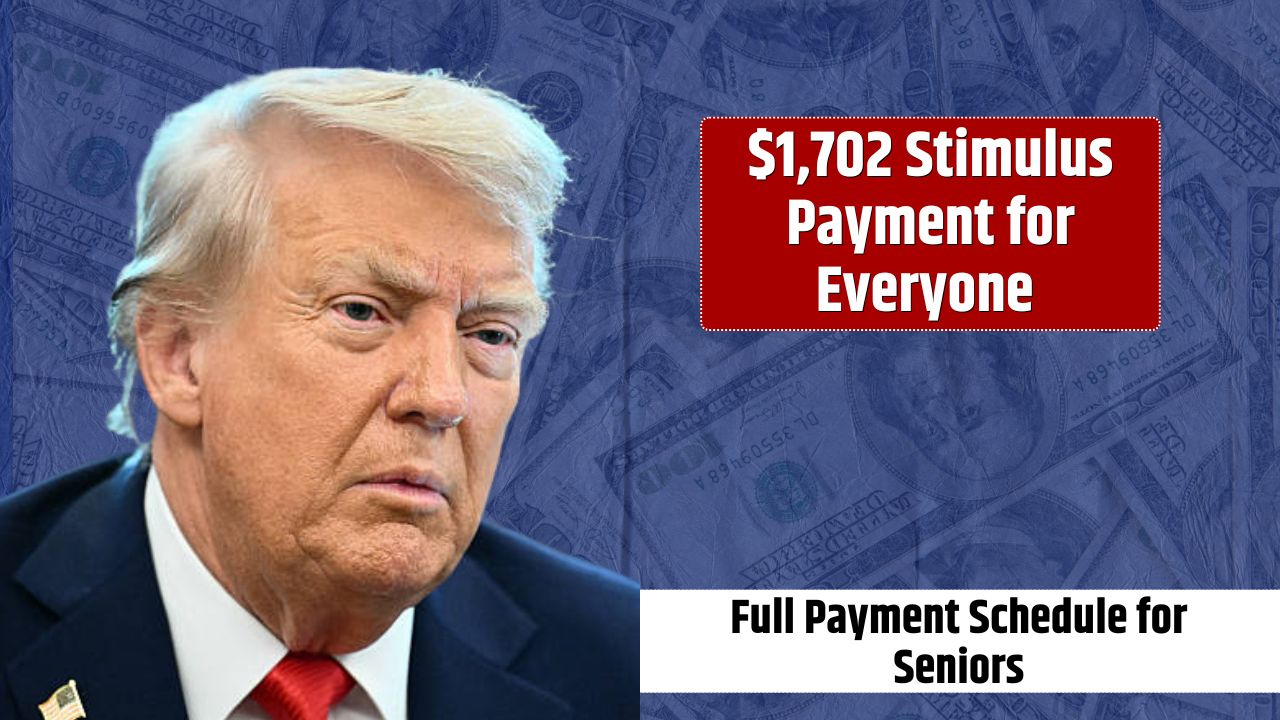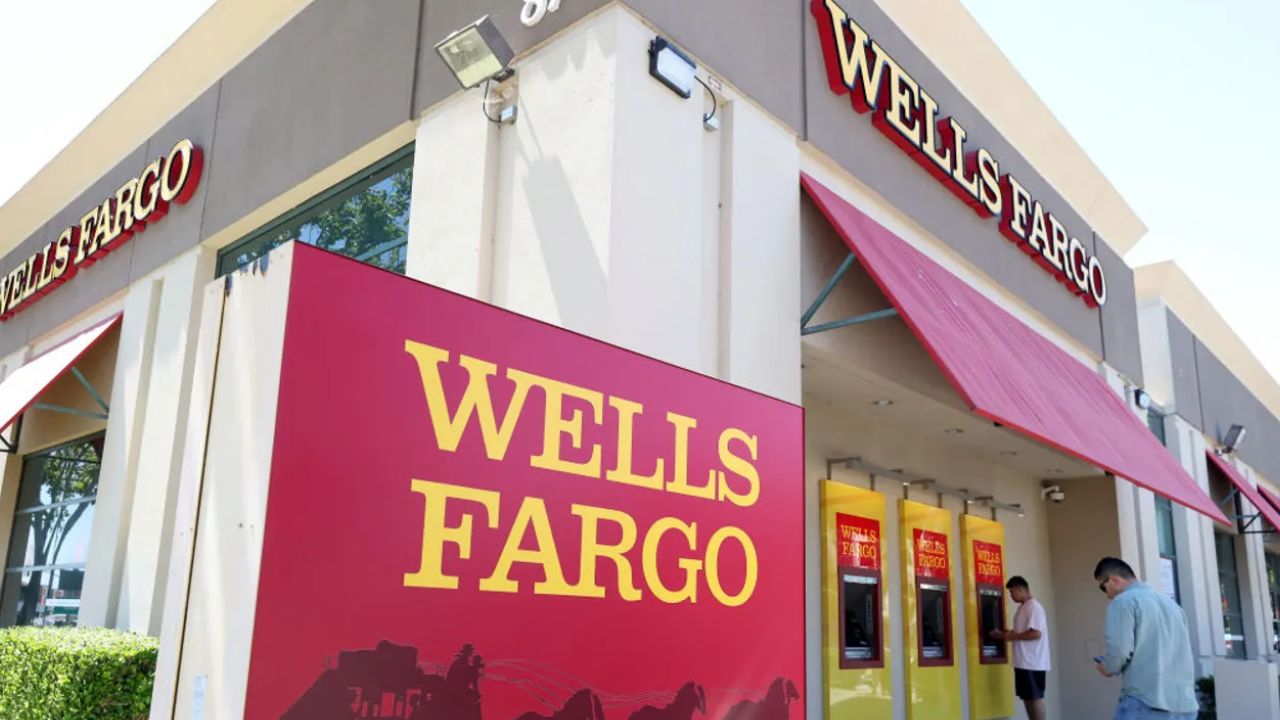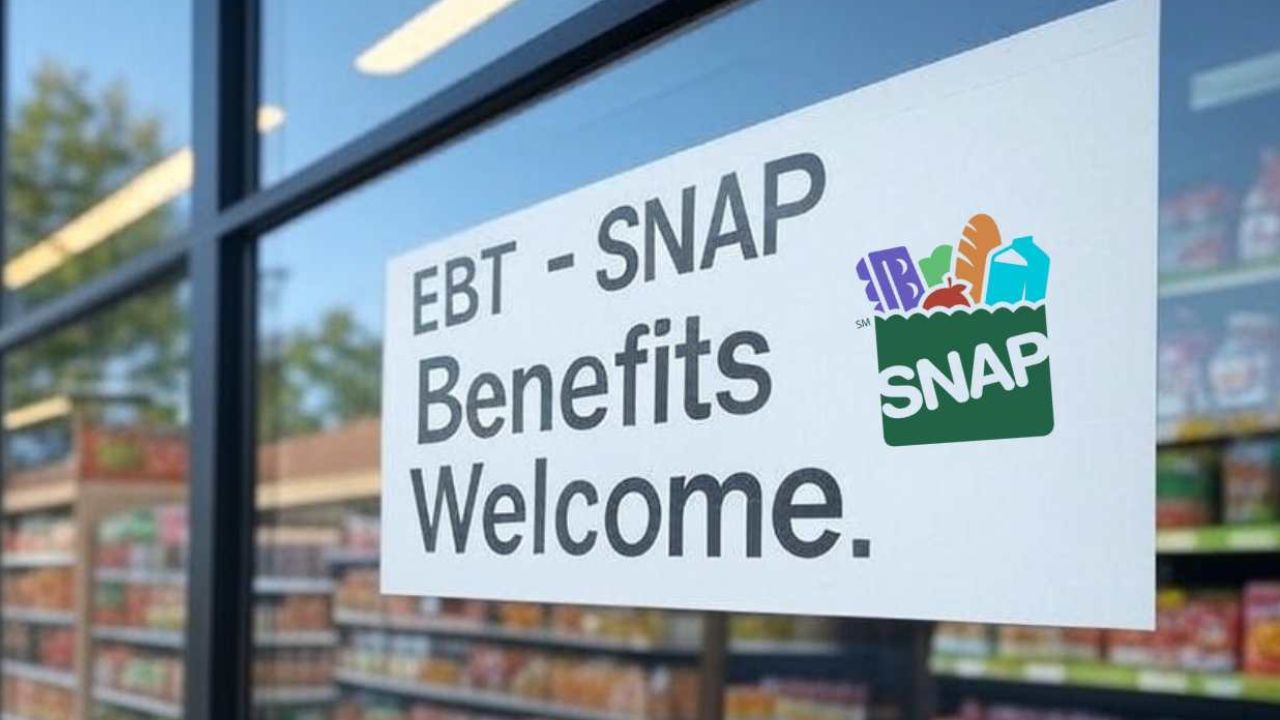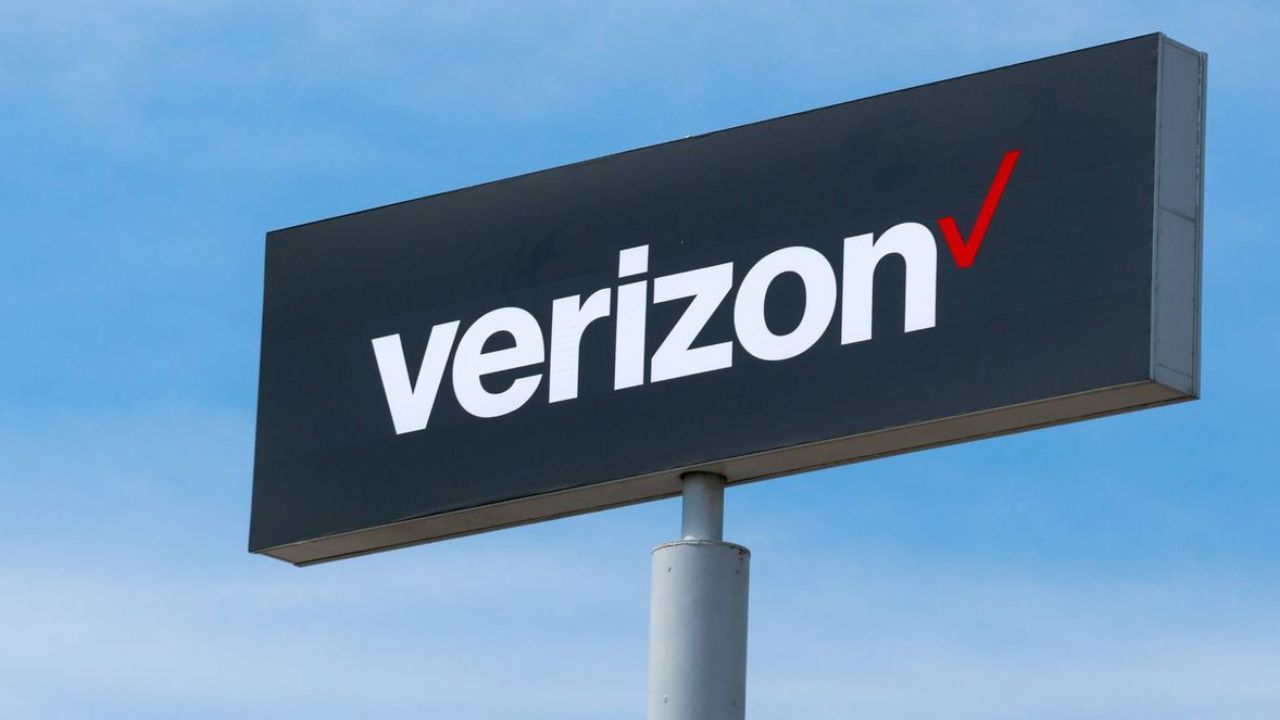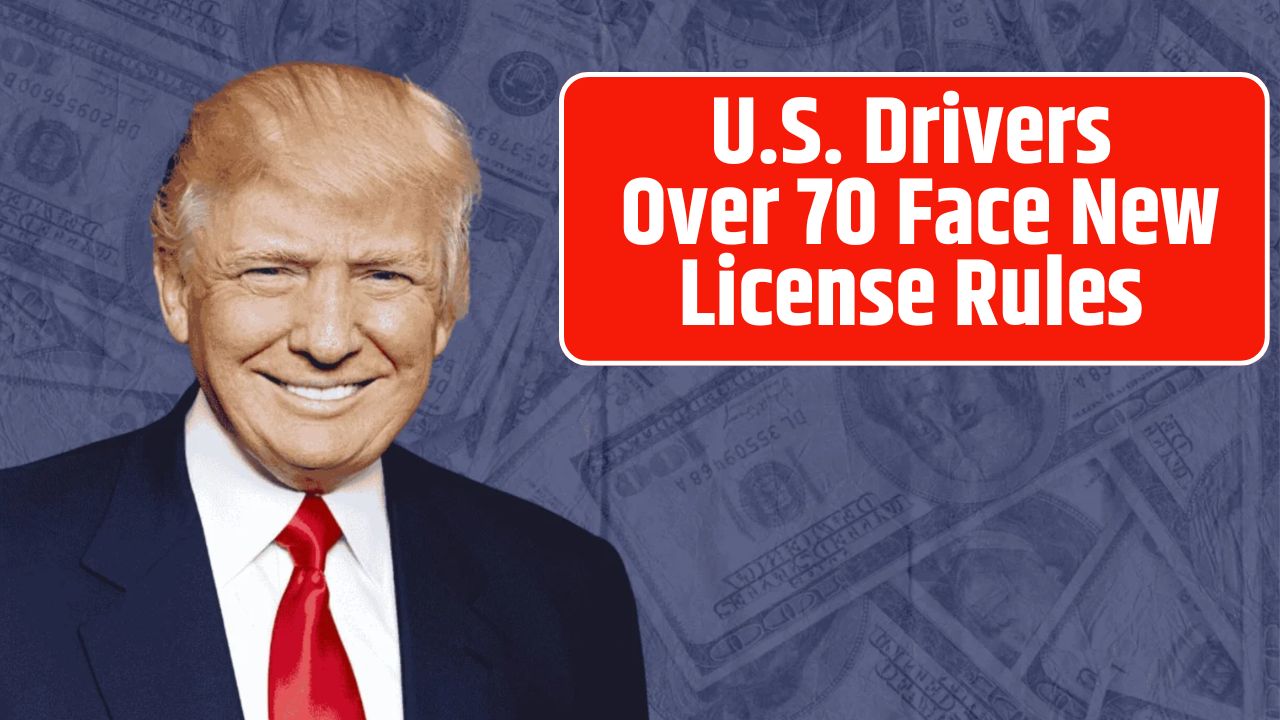For nearly a century, Social Security paper checks have been a symbol of financial security for America’s retirees. But as of September 30, 2025, that tradition nearly came to an end. The Social Security Administration (SSA) officially announced the end of paper check payments — a long-anticipated modernization effort meant to reduce fraud and cut costs.
Yet, in an unexpected reversal just days after the deadline passed, the government is quietly walking back its plan, softening the transition amid growing concerns that thousands of seniors and disabled individuals would be left unable to access their monthly benefits.
The End of an Era — Almost
The SSA’s move to phase out paper checks was part of a March 2025 executive order signed by President Trump, directing agencies to eliminate physical payments “to the extent permitted by law.” The decision followed years of government efforts to move federal beneficiaries to direct deposit or prepaid cards.
From the agency’s perspective, the math was simple:
- A paper check costs 50 cents to issue, while an electronic deposit costs only 15 cents.
- Paper checks are 16 times more likely to be stolen or lost compared to electronic transfers, according to the U.S. Department of the Treasury.
The shift also fits a broader digital strategy — the government wants to modernize its financial systems, reduce fraud, and ensure faster, safer delivery of benefits.
“We’re saving taxpayer money and preventing theft,” Treasury officials said earlier this year. “Electronic payments are safer, faster, and far more efficient.”
As of fall 2025, about 99.4% of the nation’s 69.5 million beneficiaries were already receiving their monthly payments electronically — either via direct deposit or the Direct Express debit card, which is designed for those without bank accounts.
Millions Adjust, but Thousands Are Left Behind
Still, the remaining 0.6% — roughly 400,000 people — represent some of the nation’s most vulnerable citizens.
According to the SSA, California leads with approximately 43,000 paper-check recipients, followed by Texas (28,000) and Florida (24,000). Many live in rural or remote areas, where banking services are scarce and internet access unreliable.
For some, the issue isn’t technology — it’s trust. Many older Americans simply prefer a physical check they can see and cash themselves. Others lack the financial means to maintain a bank account.
“They lack the money to open bank accounts, maintain minimum balances, and pay bank fees,” said Nancy Altman, president of Social Security Works, a senior advocacy organization.
“They may lack the mental or physical ability to navigate online systems — for them, paper checks aren’t a choice, they’re a necessity.”
Government Quietly Softens Its Stance
Despite insisting that September 30 was the final cutoff for mailed checks, the SSA’s tone changed abruptly after public backlash.
In a September 19 blog post, the agency clarified that no one’s payments would be interrupted if they failed to switch in time.
“If you have no other way to receive payments, we will continue to issue paper checks,” the SSA wrote. “There are no plans to pause any payments starting October 1.”
This effectively extends the availability of paper checks indefinitely for those unable to transition — a quiet but significant reversal.
During a Financial Literacy and Education Commission meeting, Matthew Bilenki, SSA’s Director of Finance and Management, confirmed that the agency “will continue issuing paper checks” for beneficiaries who lack access to banking or digital options.
The new position balances modernization goals with compassion for those left behind.
Why the Rollback Matters
This retreat underscores the growing digital divide among older Americans. While online banking and digital transfers have become the norm, millions of seniors still rely on traditional systems — not out of resistance, but out of necessity.
Advocates argue that eliminating paper checks entirely would risk excluding tens of thousands of people from the very program meant to protect them.
AARP policy experts have warned that too much emphasis on digital-only systems could inadvertently widen inequality, especially among rural, disabled, and low-income populations.
The SSA appears to have taken those warnings seriously.
How Beneficiaries Can Still Receive or Switch Payments
The SSA and Treasury Department continue to encourage digital transitions, but they’ve provided three official options for beneficiaries:
1. Direct Deposit
For those with a bank or credit union account, direct deposit remains the fastest and safest option. Beneficiaries can sign up or update their account details through:
- Their my Social Security online portal.
- By calling or visiting their local Social Security office.
2. Direct Express Debit Card
This is the default choice for individuals without bank accounts. The prepaid debit card allows recipients to receive monthly payments, make purchases, and withdraw cash.
- Enroll by calling 1-800-333-1795 or visiting www.usdirectexpress.com.
3. Waiver Option (Hardship Exemption)
Those who are genuinely unable to receive electronic payments — due to lack of access or physical limitations — can request an exemption from the Treasury Department.
- Call 1-877-874-6347 to apply for a waiver.
Each remaining paper check now includes a printed insert explaining these options and offering step-by-step instructions for switching.
SSA representatives have also begun outreach campaigns, contacting beneficiaries by phone, mail, and email to help them navigate the transition.
FAQs:
Is the government still ending paper Social Security checks?
Not entirely. While the SSA strongly encourages electronic payments, it will continue issuing checks for beneficiaries unable to switch.
Do I need to reapply to keep receiving paper checks?
No. If you have not yet transitioned, your payments will continue as normal.
Can I still switch to direct deposit later?
Yes, you can switch at any time via my Social Security or by calling the SSA.
